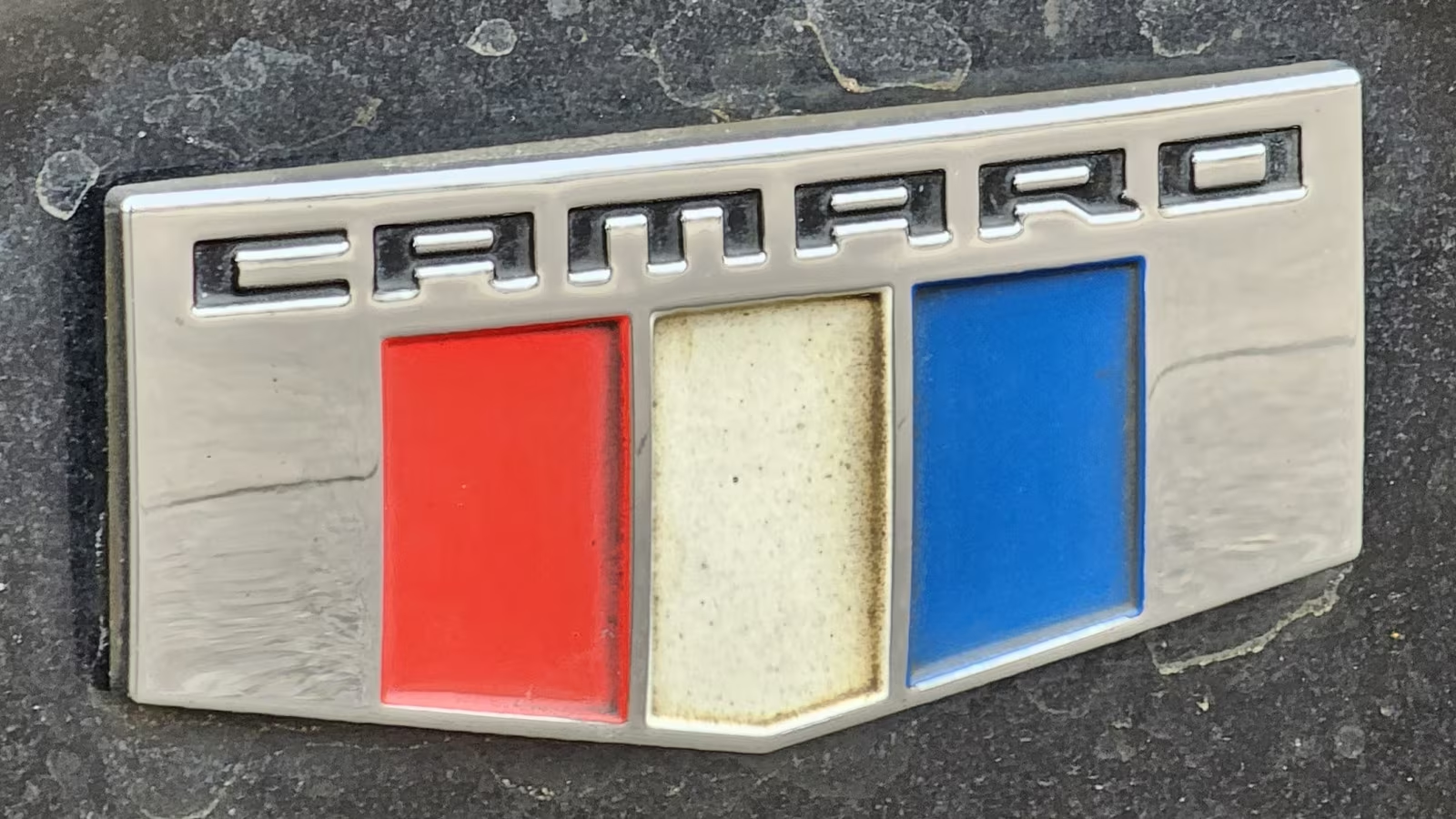Resolving the Mystery: Why the Camaro Emblem is Red, White, and Blue
For decades, the iconic tri-color emblem adorning the Chevrolet Camaro has sparked a recurring question among automotive enthusiasts and casual observers alike: Why does the American muscle car feature a badge that strongly resembles the French flag? The answer, rooted firmly in American patriotism and racing heritage, is definitive: the emblem’s colors—red, white, and blue—were chosen to represent the American flag, not the French Tricolore.
While the resemblance is striking, the design was a deliberate nod to national pride and the competitive spirit of American motorsports during the Camaro’s debut in the late 1960s. The choice of colors was intended to evoke the same sense of power and national identity that defined the muscle car era.
The Intentional Symbolism of American Racing
When General Motors (GM) launched the Camaro in 1966 as a direct competitor to the Ford Mustang, the design team sought elements that would instantly communicate speed, aggression, and, crucially, American origin. The red, white, and blue motif was a straightforward way to achieve this.
This patriotic color scheme is commonly used in American racing, particularly in the liveries of cars competing internationally, where national colors are often incorporated. The Camaro’s emblem, typically placed on the grille or fenders, uses the colors horizontally, reinforcing the connection to the nation’s flag.

Distinguishing the Flags
While both the French and American flags utilize the same three primary colors, their arrangement and context are distinctly different:
- French Flag (Tricolore): Features vertical stripes in the order Blue, White, Red. The colors symbolize liberty, equality, and fraternity.
- American Flag: Features horizontal stripes (13 of them) and a field of stars. The colors symbolize valor (red), purity (white), and perseverance/justice (blue).
In the Camaro emblem, the stripes are typically presented horizontally, often with the red stripe at the top, though the specific orientation can vary slightly across different model years. The key takeaway for the designers was the use of the national color palette to instill a sense of pride in the vehicle’s American engineering.
The French Connection: Name vs. Emblem
Adding to the confusion about the emblem’s origin is the fact that the name “Camaro” itself has a subtle, albeit indirect, connection to the French language. When GM executives were asked what the name meant, they famously quipped that it was “a small, vicious animal that eats Mustangs.”
However, the name is actually derived from the French word camarade or a related term, which roughly translates to “comrade” or “friend.” This linguistic root, coupled with the tri-color emblem, often led to the misconception that the car had a European design influence.
The ‘C’ Car Naming Strategy
The Camaro’s launch was part of a broader naming strategy at Chevrolet during that era. The brand was on a run of successful models whose names began with the letter ‘C’. This internal consistency helped solidify the brand identity across its diverse lineup:
- Caprice (The full-size sedan)
- Chevelle (The mid-size car)
- Corvette (The flagship sports car)
The Camaro fit perfectly into this alphabetical tradition, further cementing its place in the Chevrolet family, regardless of its emblem’s visual similarities to foreign flags.

Evolution of the Camaro Badge
While the red, white, and blue motif has been a consistent element of the Camaro’s identity, the application has evolved over the generations. In some later models, the tri-color badge was minimized or replaced by the standard Chevrolet bowtie logo, particularly on the rear fascia.
However, the original intent remains clear: the colors were a powerful marketing tool designed to appeal directly to the American consumer looking for a powerful, domestically built sports coupe. The design choice was less about subtle international references and more about bold, recognizable national identity.
The decision to use red, white, and blue was a classic piece of muscle car era marketing, emphasizing the car’s American roots and its place in the competitive landscape of domestic performance vehicles.
Key Takeaways
For those wondering about the true origin of the Camaro’s distinctive emblem, here are the essential facts:
- Origin: The red, white, and blue colors are based on the American flag.
- Purpose: The design was intended to evoke patriotism and American racing heritage, positioning the Camaro as a true domestic muscle car.
- Misconception: The resemblance to the French Tricolore is coincidental, despite the Camaro name having a loose French root.
- Context: The emblem debuted during a period when national pride was a significant factor in American automotive design and marketing.
Conclusion
The Chevrolet Camaro’s tri-color emblem stands as a testament to the powerful role of national identity in automotive branding. While the visual similarity to the French flag is undeniable, the historical context confirms that the design was a deliberate, patriotic choice by General Motors to celebrate the car’s American engineering and its role in the golden age of muscle cars. The badge is, fundamentally, a stylized expression of the stars and stripes, firmly rooted in the high-octane culture of American performance.
Original author: Jackson Lambros
Originally published: October 30, 2025
Editorial note: Our team reviewed and enhanced this coverage with AI-assisted tools and human editing to add helpful context while preserving verified facts and quotations from the original source.
We encourage you to consult the publisher above for the complete report and to reach out if you spot inaccuracies or compliance concerns.

